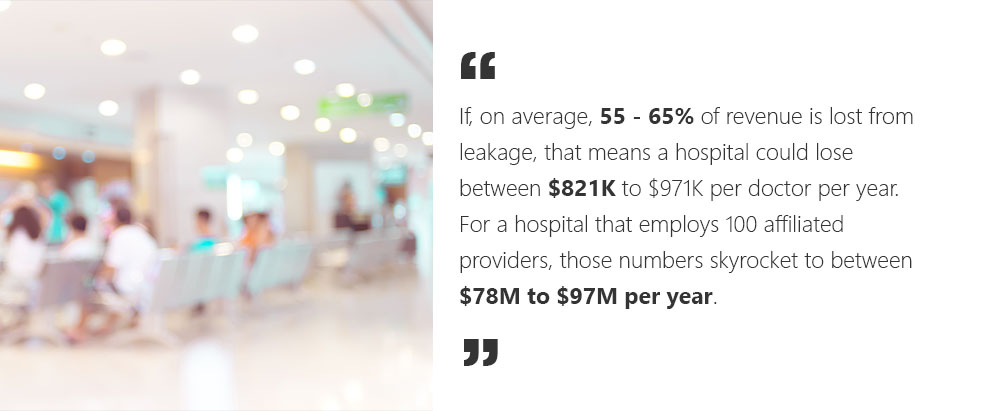How does referral works in a Community Clinic?
Community Health Centers (CHCs) are private, non-profit organizations that directly or indirectly (through contracts and cooperative agreements) provide primary health services and related services to residents of a defined geographic area that is medically underserved. CHCs are high referral outbound centers, who send out a number of referrals in a day. A Community Health System has many PCPs who attend to numerous patients with different health problems. The PCP initiates referrals when the patient needs an additional diagnosis from an imaging center or a specialist practice. The following are the steps through which a referral flows,
- Referral Initiation – The referring provider gives the details of the patient and diagnosis to the central referral coordinating team. A referral coordinator will study the demographics of the patient and the diagnosis required.
- Insurance Pre-authorization – If the patient has an insurance coverage, the referral coordinator will validate the same. This step is required to find out which imaging center or specialist practice will cover the medical expenses.
- Finding the right provider – Depending on the treatment required, insurance coverage, patient’s convenience, the referral coordinator will narrow down the search and find the right receiving provider for the referral.
- Sending out the referral – After finding the right provider, patient information and the diagnosis details are shared while referring. The physicians can share the information via phone, fax, email, etc depending on the source that suits the receiving provider.
Medical referral history documentation
Referral history gives details of what has happened with the referral till date. The referral history is equally important to both the referring and receiving providers. Unfortunately, the receiving provider maintains this history through paper-based forms or EHR and it is not easily accessible to the referring provider. Documenting a medical referral is quite a challenge for the provider who initiates the referral. So what factors make it so tedious and challenging?
- Physicians get busy – After the referral is initiated, the referring provider gets busy with other appointments and forgets about the referral until the receiving provider gives updates. Not to forget the receiving provider is also a specialist or from an imaging center who will also be busy. The receiving provider or the patient fails to communicate with the referring provider regarding the progress of the referral which makes it difficult to document the referral.
- Lack of effective modes of communication – There is no effective platform to share patient’s sensitive data or communicate with the referring or receiving provider. The physicians are not available over calls or messages which makes the situation worse. There is a need for a standard HIPAA compliant application that the referring and receiving providers can use to share information which helps in referral documentation.
- Manual effort making the referral process tedious – The referral process has manual intervention at every stage. This frustrates the providers and the referral coordinating team. Giving timely updates to the referring provider regarding a referral is too much of effort for the receiving provider. Documenting the referral manually becomes a challenge.
Why document a medical referral?
- Patient’s need – The patient may come to the clinic at any time looking for the medical history of the referral. At that point, the clinic should be able to give the patient the medical referral history. So documenting a referral becomes a necessary process.
- Clinic’s records for future reference – It is important for a Community Neighbourhood Health Center to maintain a history of its patient’s demographics and referral records. If the patient comes back to the clinic with an illness, these records will help in understanding the patient better and giving the best treatment the patient needs.
- Direct future referrals – A history of medical referral records will help the physician in figuring out who responds quickly and who does not. The next time the physician sends out a referral, he/she will choose the most responsive and the most suitable receiving provider for the referral.
Information Technology to aid Community Health Systems
Information Technology is transforming healthcare to a great extent. Documenting a medical referral is easy for a healthcare based software application like HealthViewX. HealthViewX Patient Referral Management solution simplifies the referral process by the following steps,
- Referral Initiation – The patient demographics and diagnosis required are already in the application. The referral coordinator can create the referral through a simple three step form which includes insurance pre-authorization, finding the appropriate receiving provider with the help of “smart search”, etc. The receiving provider is notified of the referral.
- Referral status and timeline view – With the status, a referral is tagged to, the referring provider can get to know in what stage the referral is. A timeline view shows a history of stages through which the referral has progressed.
- Referral and timeline view reports – The timeline view and the referral analytics data can be generated as a report in any form chosen.
- Referral closure and feedback – If the referral is completed, the status can be changed to closed. A feedback form is generated for the patient and the receiving provider. This can help the referring provider in making the referral process better next time.
HealthViewX Patient Referral Management solution smoothes out the referral process and reduces the burden of the referring and the receiving ends. Do you want to know more about HealthViewX Patient Referral Management solution? Schedule a demo with us.







